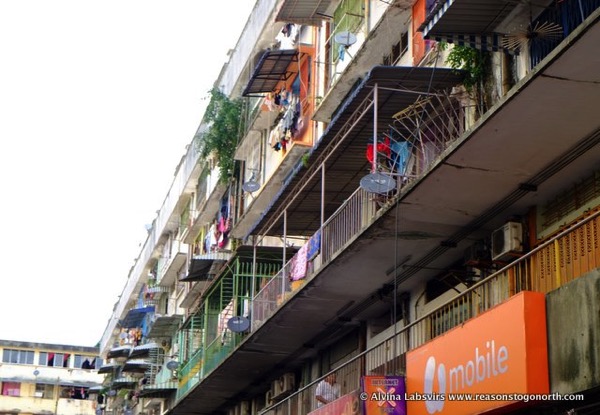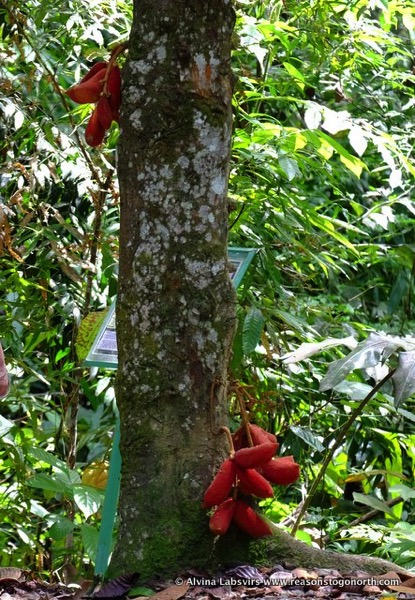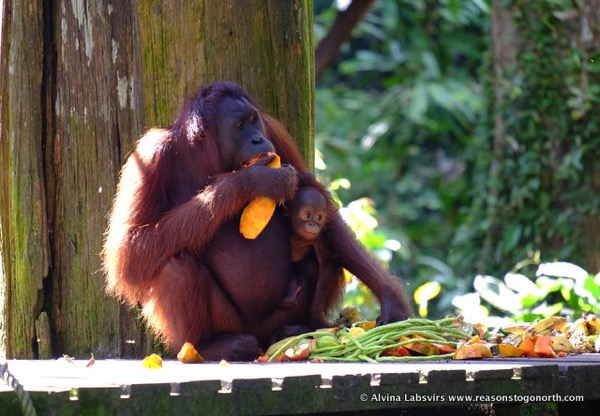Sandakan and Sepilok
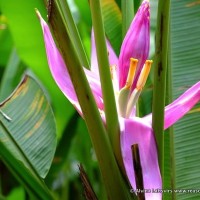
Flying over Borneo from mainland Malaysia the jungle on the highlands drops away to neat rows of Palm Oil trees.
Natural diversity replaced by line upon line of lifeless monoculture.
Sandakan was our starting point for trying to see wildlife in three remaining areas of indigenous forest but Sepilok was the insurance policy, just incase the wild orangutan refused their photo-call.
After Saigon, Sandakan was a tiny town. Only 15 mins drive from the airport on the edge to the centre, busy port and harbour. ‘Shanty Town’ buildings more noticeable and rather than greenery growing over balconies there was a plethora of satellite dishes and receivers on their concrete housing. Something noticeable by its absence in Vietnam.
A quick turn around, dumping of bags and back out in another taxi to the other side of town and the Rainforest Centre.
First taste of the wonderful Borneo jungle canopy, with an easy access walk and introduction to what was to be a rainbow array of birds in all shapes and sizes.
Close by are the rehabilitation centres for the Orangutans and Sun Bears. Animals which have been hurt, orphaned, rescued from villagers or poachers. Or almost worse, in the case of Sun Bears, from ‘farms’ where they are farmed for their bile. Another ridiculous notion that it will enhance virility.
Once strong and recovered to health the programmes aim to move some of the Orangutans and Bears back into conserved areas of forest and monitor their progress and breeding status. But those that remain help the education of their human cousins on their plight.

The spectacle of ‘feeding time’ may not be to all tastes, it certainly resembles a zoo in this aspect, but it may be the only opportunity many people, including local children, ever get to see and appreciate these lovely mammals.
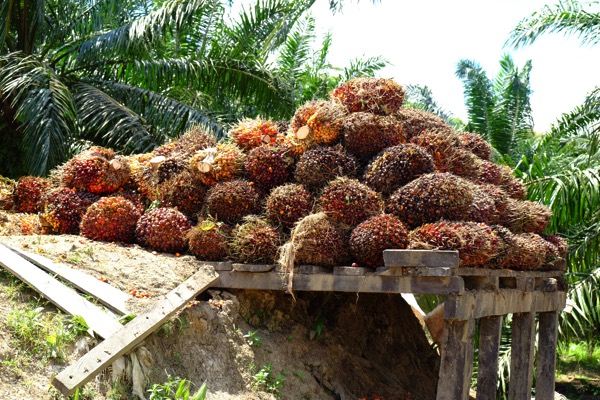
So back to palm oil for a moment. Before I visited Sabah I was totally opposed to it, rejecting any food with the letters on its label. During my visit I learned a little of the complexity of palm oil issues. The destruction of much of the world’s rainforest, not just in Borneo was and is still, exacerbated greatly by logging at the demand of western culture, so to say that palm oil and illegal and indiscriminate logging by current populations is the sole cause of habitat destruction for forest animals is hardly fair comment. As long as there is a market for the oil, not only foods but cosmetics and biofuel, it will continue to be a crop. It is easy to sit on our high horse from a position of relative wealth, but I met people who explained they could not send their children to school until they planted their meagre acreage with palm oil. And at least the trees do provide some kind of carbon sink. I am by no means a supporter of any further forest destruction but I have realised it is a complex issue and if we are to criticise from afar we must take an active role in providing alternative income and resources.

